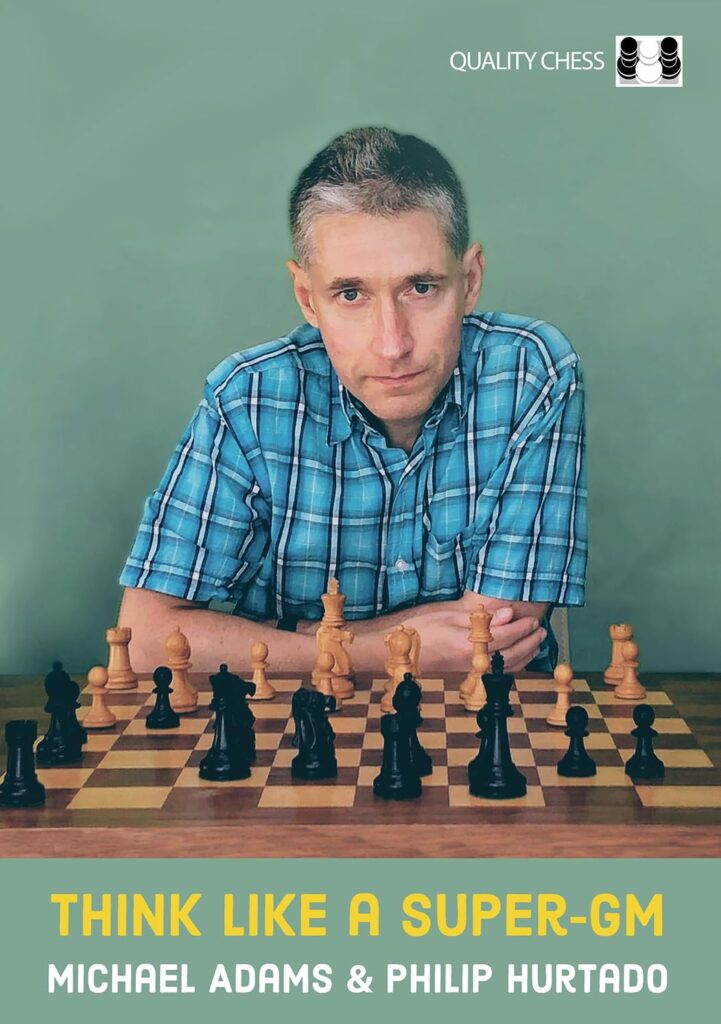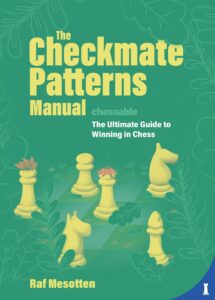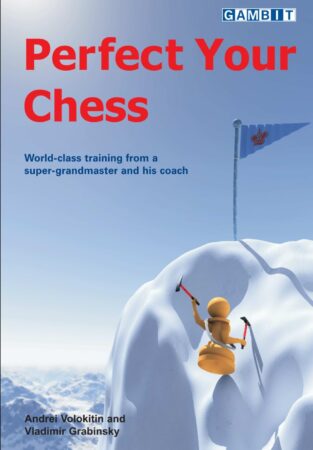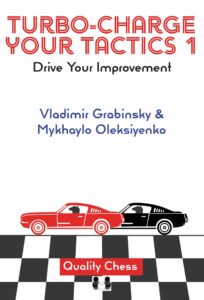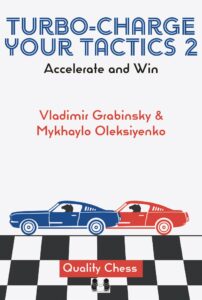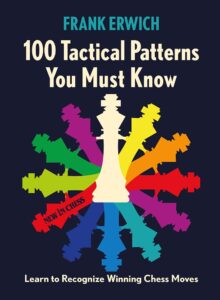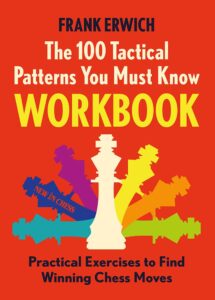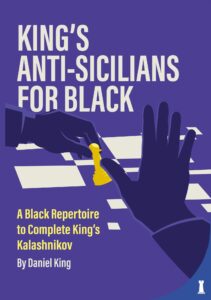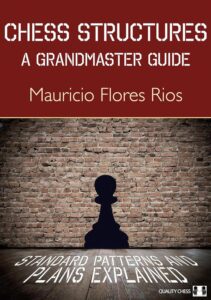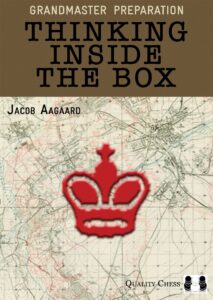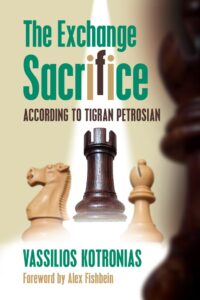Think Like a Super-GM is the result of the analytical brain of Philip Hurtado and the chess genius of Michael Adams. The idea for the project came from Hurtado’s scientific curiosity combined with his thirst for chess improvement. As he explains it himself: “…why not devise an experiment that would uncover how a top grandmaster makes decisions? I could then compare it to the way I think about my own moves, and learn from the differences.” He came up with an experiment whose result is this book. His idea was based on earlier work by the hess master and psychologist Adriaan de Groot, who had given the same position to several strongest players in the world to solve during the 1938 AVRO tournament. He was trying to figure out how strong players think. Hurtado managed to take de Groot’s experiment much further.

The largest section of Think Like a Super-GM consists of forty puzzles of varying difficulty, and for each you will find an explanation of the thought processes and the solutions of several players of varying strengths, ranging from beginners players to Michael Adams himself. The goal of the book was to show the difference in the approach players take when solving positions, depending on their level of chess skill. Not every position was solved by every player, or, it was, but their analysis wasn’t included. There are a couple of solutions for each problem, followed by an in depth analysis of the actual solution written by GM Adams himself. I enjoyed these the most as it’s fascinating to see how a 2700 player analyzes.
I was in Trieste with FM Milan Jocev, in the middle of the 2025 Trieste Open, and we’d decided to solve a couple of positions from the book. It was extremely fun! We’d both start at the same time, looking at the same board, and wait for the other one to finish before sharing our own analysis. We would follow that up by reading the analyses of different players from the book. What struck me the most was just how quickly Adams and other strong players would focus on the crucial segment of the position, the key tactical motif, or whatever else was most important, while Milan and I would need a couple of minutes to even consider them (Milan usually quicker than me, which is expected since he’s higher rated by about 250 points). We’d both had a dreadful start to the tournament so we never continued solving the problems together after that. I did the rest on my own and I can say that it was much more pleasurable doing them with a “sparring partner”. We could immediately compare our thinking and our solutions. In a way, Think Like a Super-GM provides multiple players you can compare your solutions to as well.
This book reminds me of Lessons With a Grandmaster, a book Boris Gulko and Joel Sneed co-wrote. Its premise is that a reader would learn by joining a conversation between a GM and an amateur about different positions.
The introduction to the book consists of a detailed explanation of the methodology used in the experiment, making this the only scientifically valid chess book I have ever held. For example, Hurtado mentions: “One particularly revealing set of tests was the correlation tests, demonstrating a clear linear relationship between a player’s Elo rating and the time needed to find the best move, as well as the same relationship between playing strength and evaluation skills.” Hurtado clarifies which statistics were measured, the sample size of the solvers, and other relevant data, which is not something many chess authors are brave enough to display publicly, especially not in the introductions of their books, which are sometimes based purely on opinions or hypotheses. This book is different, and the experiment is valid and truly helpful for ambitious players.
Michael Adams’ contribution was just as important. He brought chess expertise of the highest level to the table, and managed to explain every problem set out in the book in a way a child could understand it perfectly.
The instructions on how to use the book and how to solve the positions are clearly laid out at the beginning. Another great feature of Think Like a Super-GM. Read this book. Solve the problems. It will be an eye opener for you! Imagine being able to compare your analysis to that of GM Michael Adams, GM Julio Granda Zuniga, GM Eduardo Iturrizaga, GM Renier Vazquez, GM Keith Arkell and numerous other strong players, as well as plenty of amateur level players closer to your own strength.

